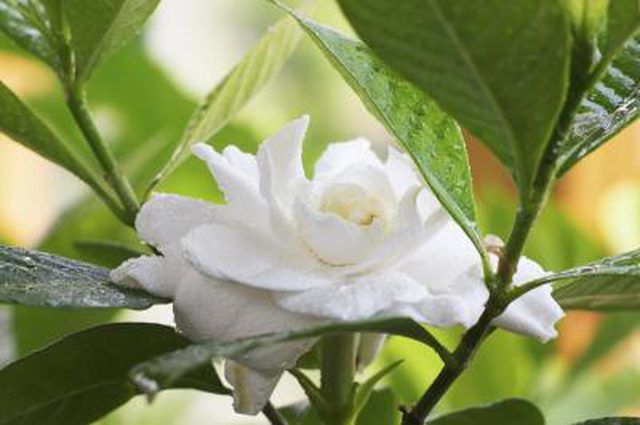Bulbs
Flower Basics
Flower Beds & Specialty Gardens
Flower Garden
Garden Furniture
Garden Gnomes
Garden Seeds
Garden Sheds
Garden Statues
Garden Tools & Supplies
Gardening Basics
Green & Organic
Groundcovers & Vines
Growing Annuals
Growing Basil
Growing Beans
Growing Berries
Growing Blueberries
Growing Cactus
Growing Corn
Growing Cotton
Growing Edibles
Growing Flowers
Growing Garlic
Growing Grapes
Growing Grass
Growing Herbs
Growing Jasmine
Growing Mint
Growing Mushrooms
Orchids
Growing Peanuts
Growing Perennials
Growing Plants
Growing Rosemary
Growing Roses
Growing Strawberries
Growing Sunflowers
Growing Thyme
Growing Tomatoes
Growing Tulips
Growing Vegetables
Herb Basics
Herb Garden
Indoor Growing
Landscaping Basics
Landscaping Patios
Landscaping Plants
Landscaping Shrubs
Landscaping Trees
Landscaping Walks & Pathways
Lawn Basics
Lawn Maintenance
Lawn Mowers
Lawn Ornaments
Lawn Planting
Lawn Tools
Outdoor Growing
Overall Landscape Planning
Pests, Weeds & Problems
Plant Basics
Rock Garden
Rose Garden
Shrubs
Soil
Specialty Gardens
Trees
Vegetable Garden
Yard Maintenance
How to Get Rid of Insects on Gardenias
How to Get Rid of Insects on Gardenias. One gardenia blossom fills an entire room with fragrance. So imagine the power of a mature gardenia shrub (Gardenia augusta), some 8 feet tall and wide, its shiny, bright-green leaves covered with snow-white blossoms. With this much drawing power, it's little wonder the plant attracts insect pests, including...

One gardenia blossom fills an entire room with fragrance. So imagine the power of a mature gardenia shrub (Gardenia augusta), some 8 feet tall and wide, its shiny, bright-green leaves covered with snow-white blossoms. With this much drawing power, it's little wonder the plant attracts insect pests, including aphids, scale insects, whiteflies and thrips. Your gardenia needs you to protect it. Gardenias are hardy in U.S. Department of Agriculture plant hardiness zones 8 through 10.
Battling Aphids
Only 1/8th inch long, an aphid still has powerful enough mouth parts to pierce a gardenia and suck its sap, causing leaves to shrivel and distort, and blossoms to decrease. An aphid is never alone; look on leaves or stems for its pals. Don't roll out the big guns, though; start with a hose to spray the bugs off the leaves with water. If more help is needed, then the gardenia can be sprayed with a 1- or 2-percent mixture of horticultural oil three times at five- to seven-day intervals; combining 2 1/2 tablespoons of horticultural oil with 1 gallon of water creates a 1-percent solution, and mixing 5 tablespoons of horticultural oil with 1 gallon of water makes a 2-percent solution. It's always wise to water the gardenia well before spraying because a drought-stressed plant can suffer foliar damage after it is sprayed. Spray the mixture late in the day when the temperature is under 90 degrees but above 45 degrees Fahrenheit. This spray kills by suffocation. So keep spraying until the product drips from the gardenia's foliage.
Alternatively, release a quantity of lady beetles, which prey on aphids, or encourage aphids' other natural predators, such as soldier beetles, green lacewings and parasitic wasps, the latter of which lay their eggs inside aphids. Do not use insecticide because it will destroy beneficial insects in your garden as well as aphids.
Tackling Scale Insects
Don't be embarrassed if you mistake scale insects for parts of the gardenia plant or a disease symptom; they do not look like normal bugs at all. Female scales are completely immobile, clinging to a plant and -- similar to aphids -- using their mouth parts to pierce the plant and suck its sap. Remedies for scale insects are similar to those for an aphid infection: Wash the bugs off the plant with water or wipe them off, apply a 1- or 2-percent mixture of horticultural oil and encourage predator insects, including ladybugs and parasitic wasps. Horticultural oil is a safe, proven product for scale control. Use the oil in early spring to get rid of overwintering bugs, and then spray again when new leaves appear in spring. Spray twice more at six-week intervals.
Beating Back Whiteflies
Another tiny, sucking insect, a whitefly is not really a fly but closer to a scale insect. Immature whiteflies look like scales while the mature bugs resemble small, white moths. The same treatments that work for aphids and scale insects also get rid of whiteflies, including hosing off the plant's leaves with water and encouraging the same predator insects. Horticultural oil spray is also effective for whiteflies when used three times at five- to seven-day intervals.
Controlling Thrips
You won't see thrips without a magnifying glass, but you will see the damage they cause your gardenia. Like the other main gardenia pests, 1/16th-inch-long thrips suck the sap, causing stunted buds and curled foliage. Your best course of action is to encourage natural predator species to polish off your thrip population. Because insecticides kill off the predators, too, avoid them. Also use good cultural practices, including mowing down all high weeds and grass near your gardenia plant.
Managing Spider Mites
Just like the spiders for which they are named, spider mites are not real insects; they have eight legs instead of six, and they are about 1/50 inch long. They, too, suck gardenia sap and can be repelled by the same means that repel aphids. Insect predators generally keep a spider mite population in line, but you also can get rid of spider mites by spraying the gardenia foliage with water from a hose or by spraying horticultural oil on them.